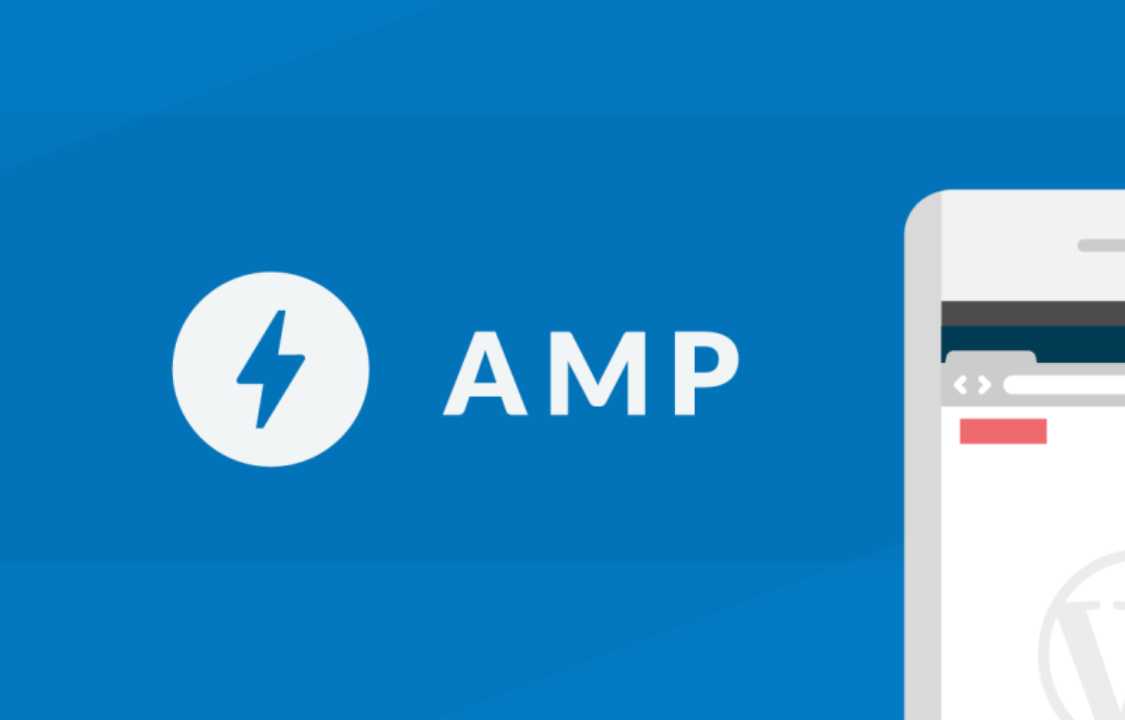Insight
What Is Google AMP? A Quick and Easy Guide
Web page speed and performance are of the utmost importance now that mobile devices are the primary means of accessing the internet. In response to consumer frustration with sites that take too long to load, Google developed Accelerated Mobile Pages (AMP). Google Accelerated Mobile Pages (AMP) is an open-source framework created to hasten the loading time and enhance the functionality of mobile web pages. In this comprehensive guide, we’ll delve into what Google AMP is, how it works, its benefits, and how to implement it on your website.
Understanding Google AMP
1. What is Google AMP?
Accelerated Mobile Pages, or Google AMP, is an open-source project developed by Google in tandem with the tech and media industries. Its primary aim is to provide a faster and more efficient web browsing experience for mobile users. AMP achieves this by optimizing web page performance and reducing loading times, resulting in a smoother user experience.
2. How Does Google AMP Work?
AMP achieves its speed improvements through several key components:
- AMP HTML: This is a subset of HTML (Hypertext Markup Language) that restricts certain elements and tags to ensure faster loading. It also includes custom AMP tags for specific functionalities.
- AMP JavaScript: To maintain a high level of performance, AMP restricts the use of JavaScript, allowing only asynchronous loading of external resources. This prevents JavaScript from blocking page rendering.
- AMP Cache: Google and other content delivery networks (CDNs) maintain AMP caches that store and serve AMP-enabled pages. When a person loads an AMP website, the data is retrieved from the cache that is geographically closest to them.
3. Benefits of Google AMP
Google AMP offers several benefits to website owners and users alike:
- Improved User Experience: Faster-loading pages result in a better user experience, leading to higher user engagement and reduced bounce rates.
- Higher Search Engine Rankings: Google often prioritizes AMP pages in its search results, especially in the “Top Stories” carousel, giving AMP-enabled sites a potential SEO advantage.
- Lower Bounce Rates: Faster pages reduce the likelihood of users leaving your site due to slow loading, which can help boost conversion rates and revenue.
- Efficient Data Usage: Since AMP pages are optimized for mobile, they consume fewer data resources, benefiting users with limited data plans.
- Cross-Platform Compatibility: Better user experience, thanks to pages that load more quickly, means more time spent on site and lower bounce rates.
Implementing Google AMP
1. AMP HTML Markup
To create AMP pages, you need to follow specific coding guidelines. Some key elements of AMP HTML include:
- Use of the <html amp> tag to indicate an AMP document.
- Mandatory inclusion of the <head> tag, which specifies essential metadata.
- Utilization of the <amp-img> tag for images and <amp-video> for videos, both of which are optimized for mobile.
2. Validation and Testing
To ensure your AMP pages meet the required standards, Google provides a tool called the AMP Validator. This tool checks your pages for AMP compliance, highlighting any errors or issues that need to be resolved.
3. AMP Cache
For your AMP pages to load quickly, it’s essential to utilize a CDN or AMP cache. Google AMP caches automatically store and serve your pages, reducing latency and improving the user experience.
4. Analytics and Monetization
While AMP restricts JavaScript, it does provide support for analytics and advertising. You can integrate services like Google Analytics and various ad networks using AMP components.
5. Ongoing Maintenance
AMP pages require ongoing maintenance to ensure they remain compliant with evolving standards. Regularly check your AMP pages for errors and update your content as needed.
Conclusion
Google AMP is a powerful tool for improving the mobile web experience. By optimizing your web pages for speed and performance, you can enhance user satisfaction, boost search engine rankings, and increase conversion rates. Implementing Google AMP might take some work at first, but the long-term benefits make it a good choice for website owners who want to do well in a world where mobile devices are the norm. So, if you haven’t already explored Google AMP for your website, now is the time to consider it as an essential component of your mobile web strategy.

